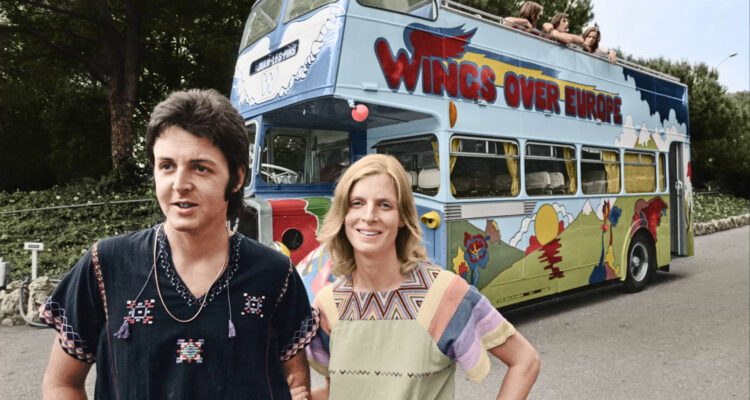Lancia Aprilia – A Lasting Legacy
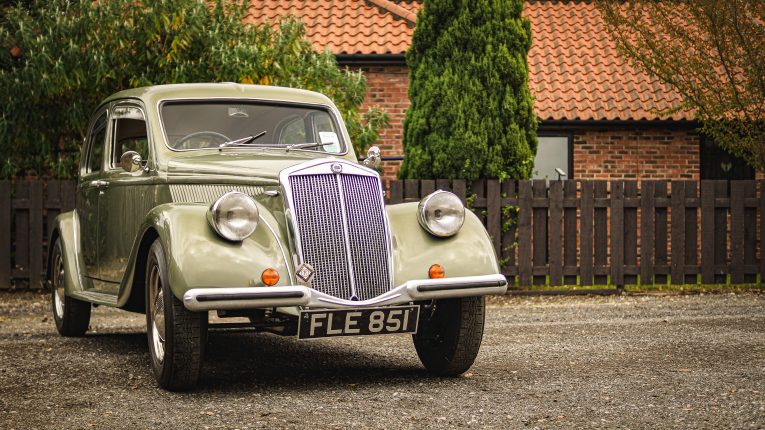
Most, if not all of us, would like to leave a lasting legacy after our time on earth is done and dusted. Some form of great work by which we will be fondly remembered. Or maybe something small, but just as dear to those who knew us. Whatever the scale, we all want there to be something left by which we’re remembered. Not many of us, however, will be able to leave a car in our wake. That’s exactly what Vincenzo Lancia did though, gifting the world this, the Lancia Aprilia, before he passed away in 1937 aged just 55.
The car is important for a myriad of reasons, but the main one would be that it served as a reminder to the company he left behind that Lancia was a force of design, style and most importantly of all, innovation.
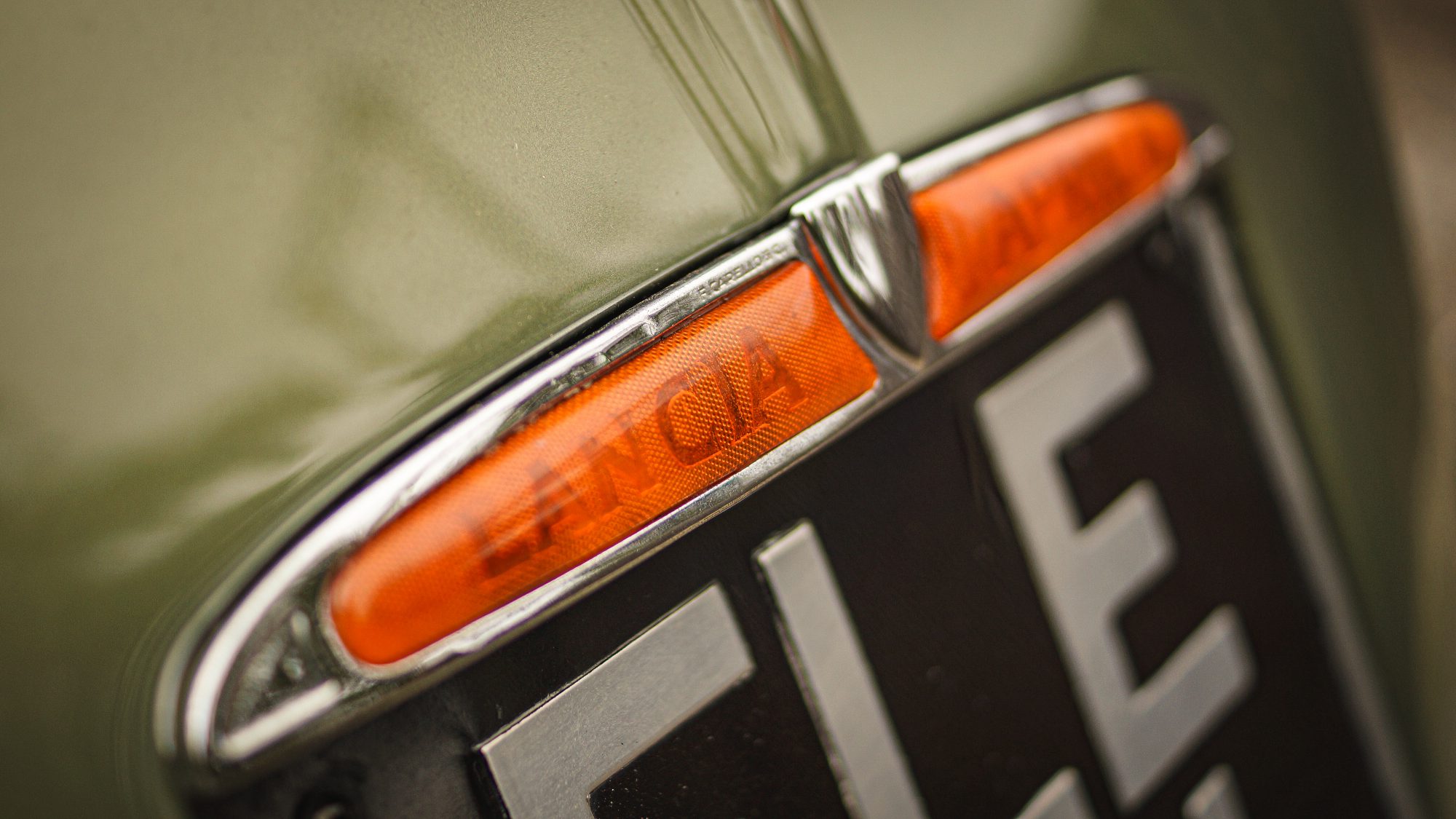
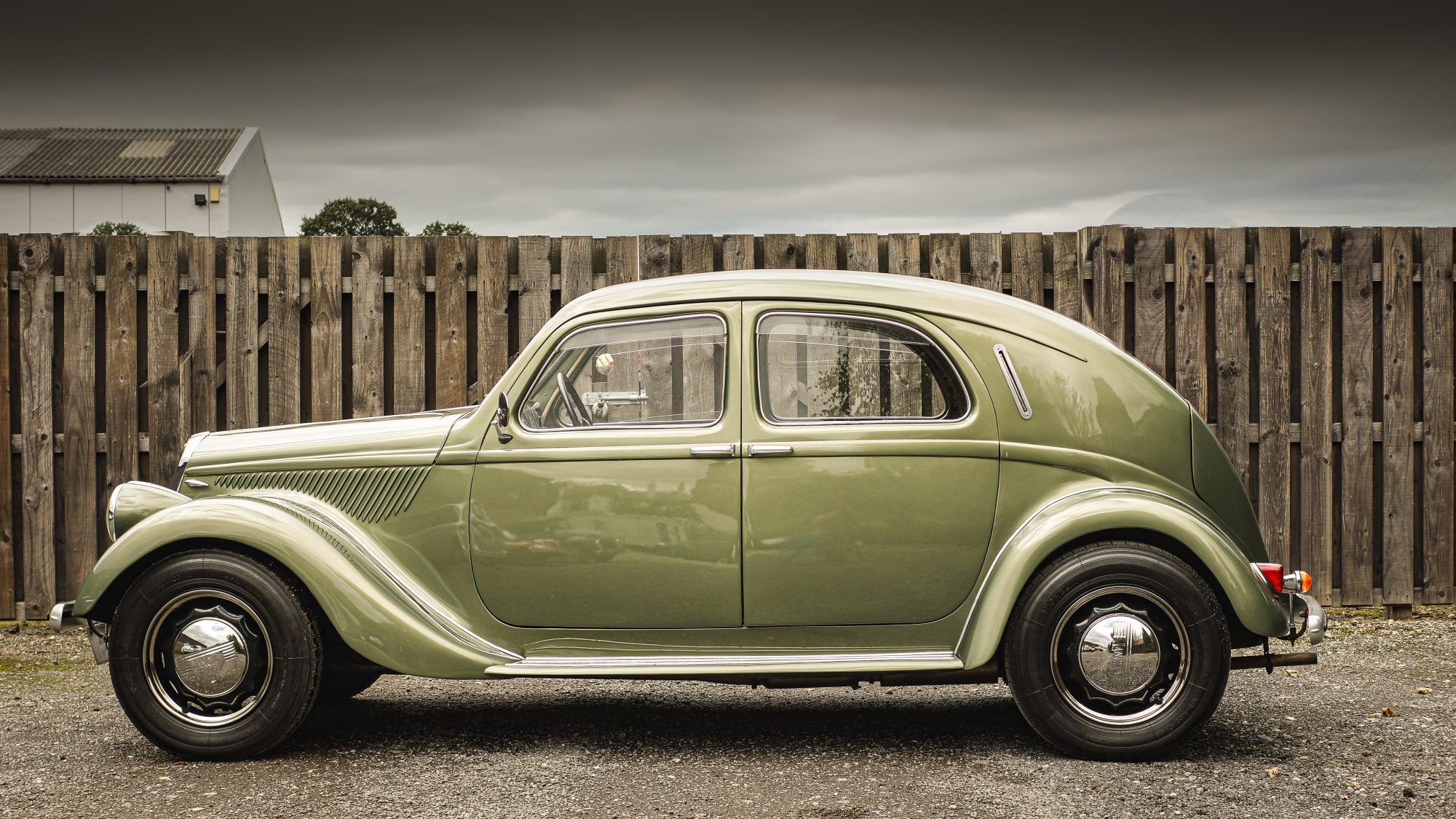
Lancia was a hugely forward-thinking company. We tend to link that with the cars of the ‘60s, ‘70s and ‘80s. In reality though, that spirit of innovation was in the blood of Lancia from the very start. Founded in 1909, it wasn’t long before it offered the Theta of 1913, which was the first European production car to boast a complete electrical system, which was huge. Then it knocked out the first car with a monocoque chassis, which much like the electrical system before it, has become the norm for today’s cars. And you might argue we would have gotten there eventually, especially in regard to the electrics. But that’s a moot point. What matters is that Lancia got there first. It was a brave, bold, forward-thinking company. The Aprilia of 1936 was every bit the ongoing embodiment of this ethos.
Vincenzo wanted a small, frugal, cleverly packaged family car that would break free of the traditional ‘three-box’ norm, while also still being able to transport five adults in relative comfort. It was a big, big ask. But because Lancia was Lancia, it looked at what was needed and rather than deeming it an impossibility, it instead looked at how it could be achieved.
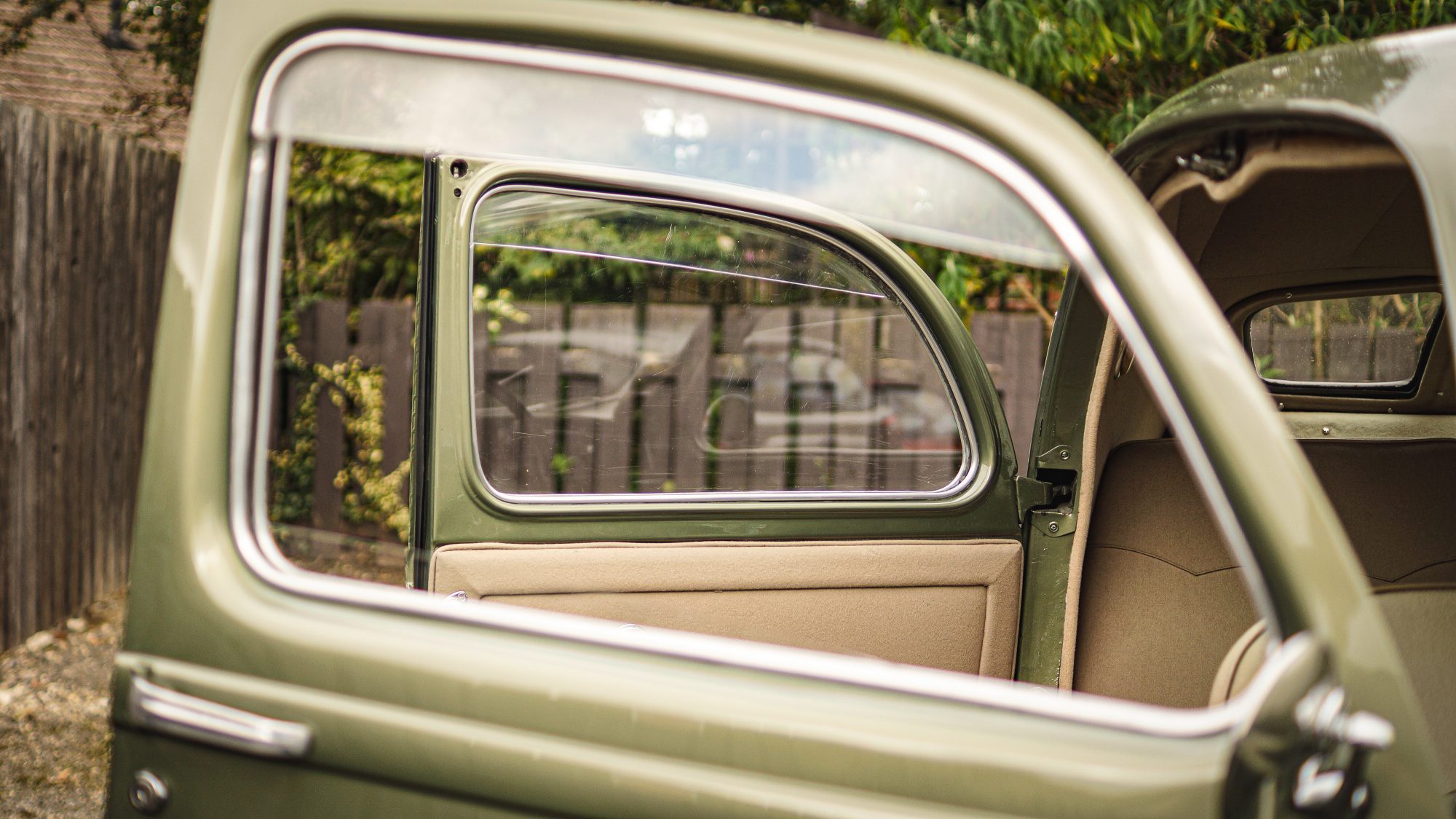
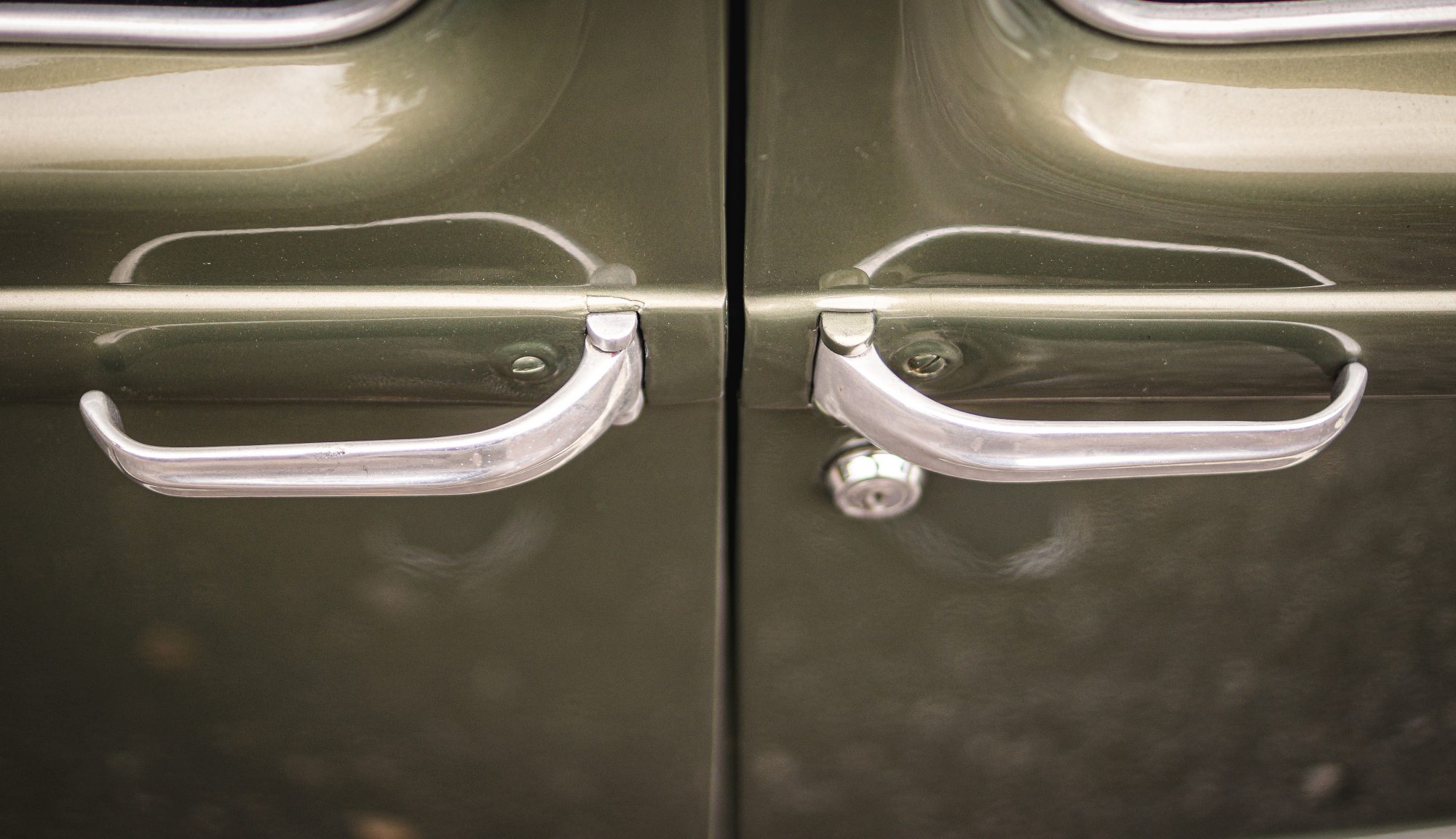
The Aprilia needed to have space without being too big. This gave Lancia the perfect opportunity to once again employ a monocoque design, or a ‘self-supporting chassis and body’ as was the terminology back then. By having the body and chassis as one, the designers could save a great deal of space. This was crucial inside the car, which could now have low, but relatively flat floors. This meant more room for passengers, and a greater sense of space in the cabin. This was further added to by Lancia’s approach to vehicle ingress and egress.
Deciding that a conventional B pillar would be too cumbersome, the designers at Vincenzo came to the conclusion that the Aprilia would be better without it. As such, the cars’ doors open outward to create one unified point of entry, which as you can see, is quite the spectacle. The Mazda RX-8 was an old idea by comparison.
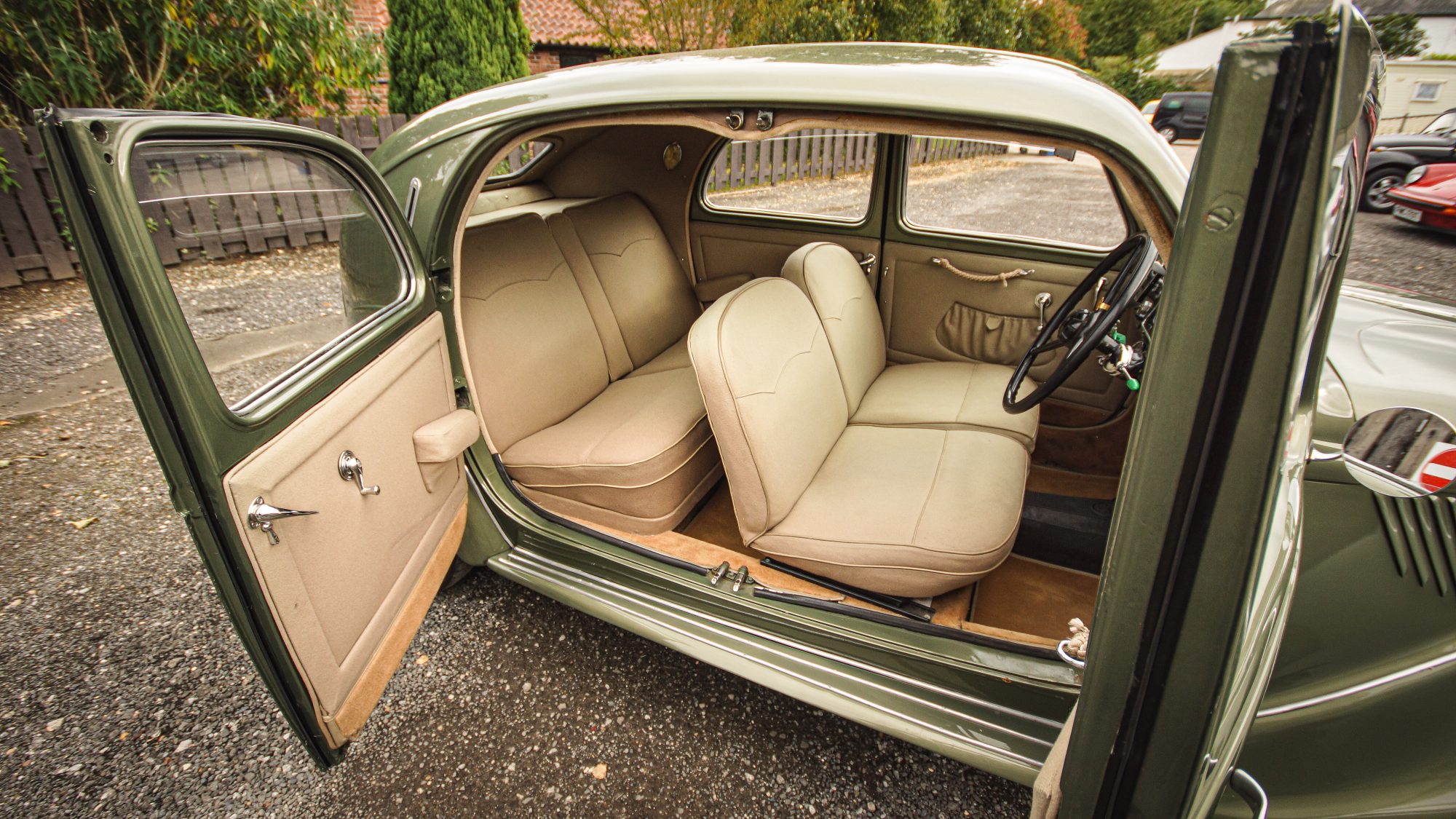
The body that would house all this interesting design was also pioneering in and of itself. The Aprilia was one of the first cars to be styled via data gathered from testing in a wind tunnel. That’s why the Aprilia has that sharp, pointed rear end from which the air can rush off unencumbered. A joint project between Lancia, Battista Farina and Politecnico di Torino, the result was a drag coefficient of just 0.47. To put that in perspective, people talk of how the Vauxhall Calibra had a drag coefficient of 0.25. In 1989. The Aprilia was penned in 1936.
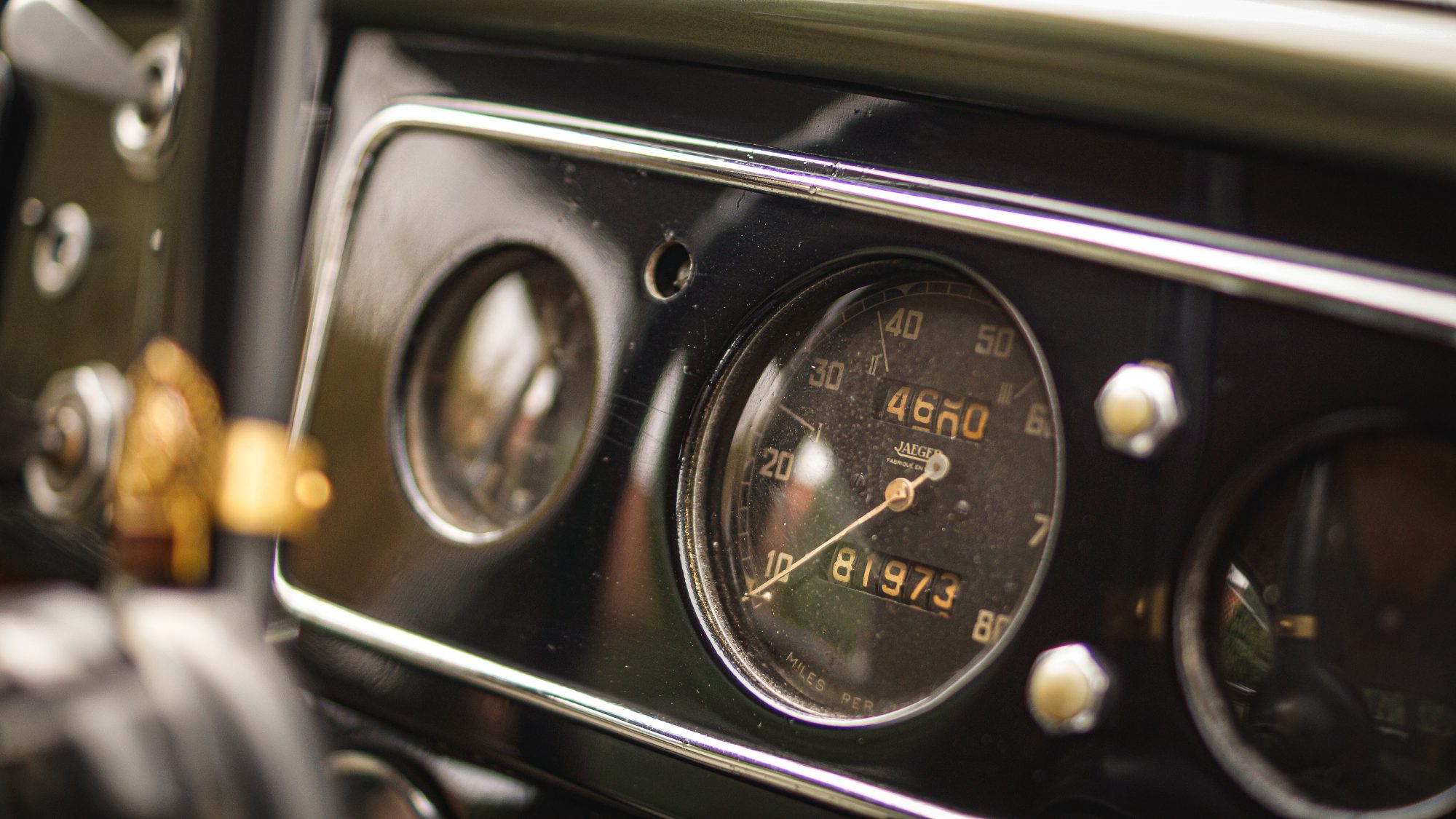
Then of course, there was the powerplant. Lancia used its revolutionary 1,352cc narrow angle V4 petrol engine. This engine is renowned for its torque and its power of 47bhp, which was enough to propel the Aprilia to 80mph – rocket speed for the 1930s. Mated to a conventional four-speed manual transmission driving the rear wheels, the Aprilia was a car that posed no challenge. Any driver could get in and enjoy the fruits of Lancia’s efforts.
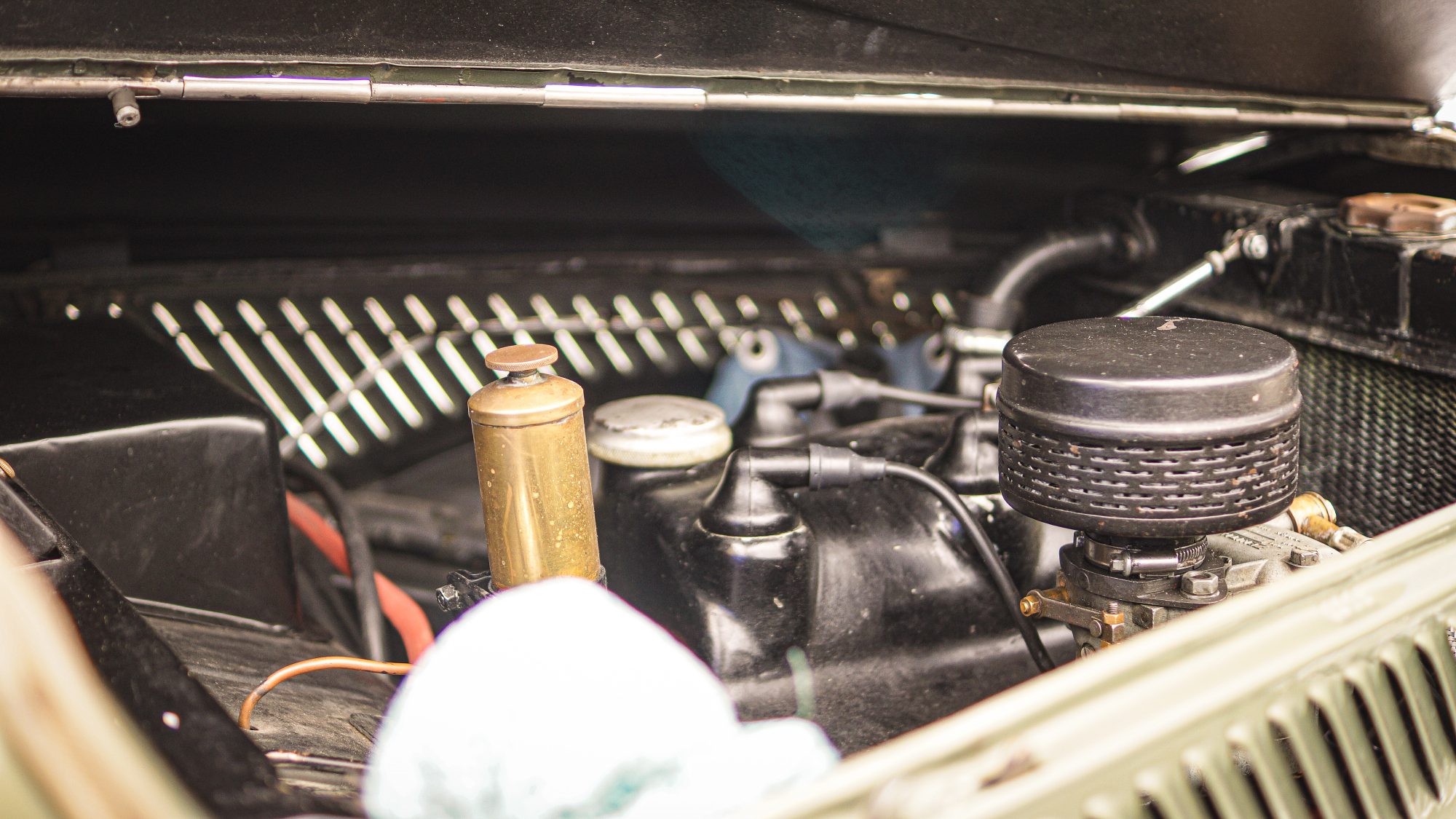
The car you’re looking at here is a perfect representation of that initial specification. Later cars were fitted with a 1,486cc V4, as well as being made as just chassis for customers who wished to have coachbuilt bodies. And while those bespoke cars are indeed special, it’s this car, restored and now standing proud that captures our imagination.
For sale with the Classic and Sportscar Centre in Yorkshire, this car has lived a full life. It’s also exceptionally rare in that it’s right-hand drive and UK specification. Someone back in 1938 clearly had exotic tastes, and rightly so. Just look at it. Over the years, as you can glean from the advert, it has been subject to much work in the name of preservation. But now, having lived for a few years after its last restoration, it presents itself as a charming, honest machine that has stood the test of time.
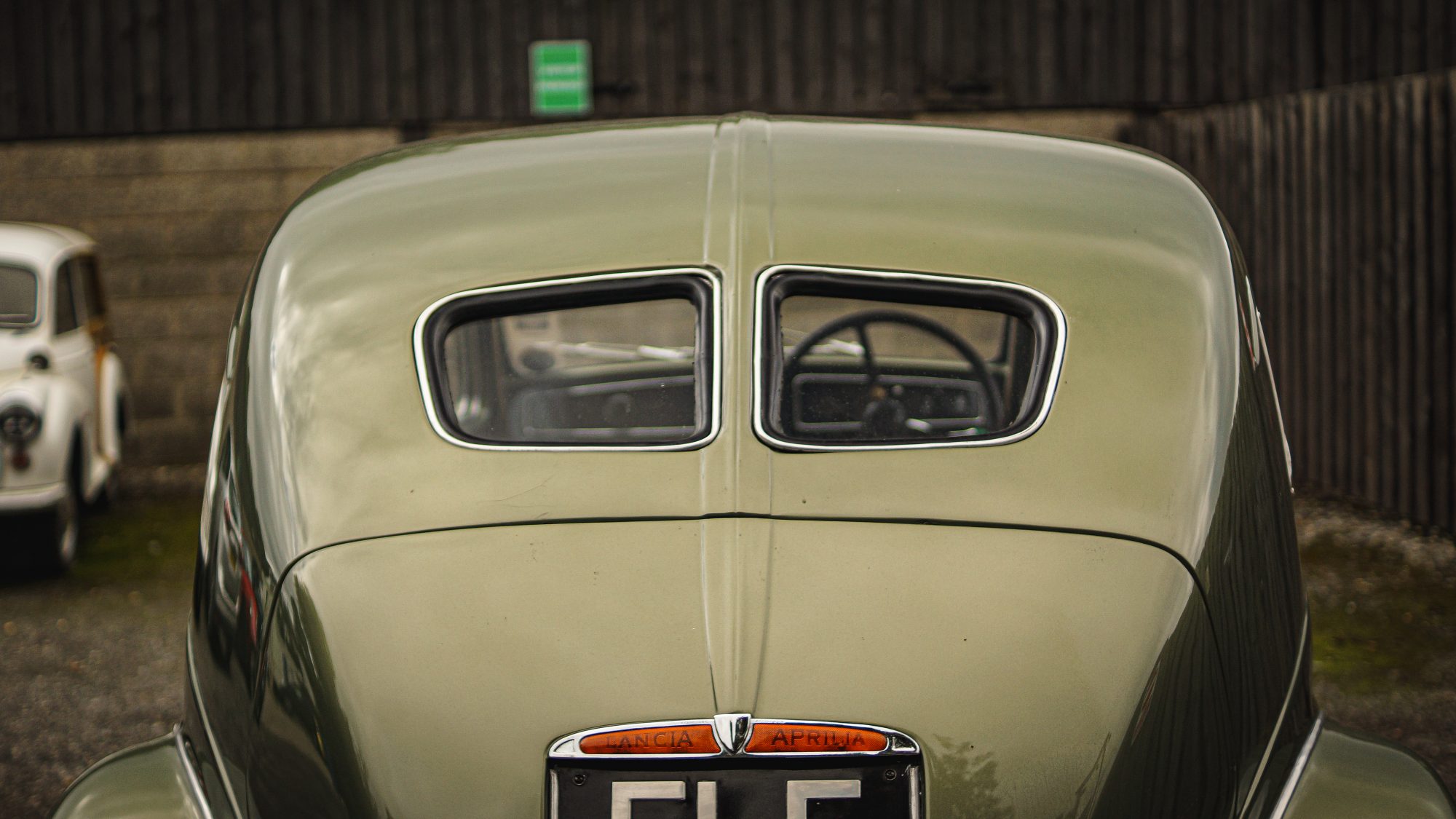
And that, as a whole, is why we love the Lancia Aprilia. It’s achingly beautiful, there’s no doubt. But more than that, it stands as a reminder of the forward thinking and bravery possessed by Vincenzo Lancia, and that he instilled upon his employees. This car is a fitting legacy because it reminds us that while Lancia may have faded into obscurity today, the company was once a powerhouse of innovation and advancement. And so powerful was that spirit, that approach to making cars as held by Vincenzi, it bled through to the cars of the next thirty years or so. That is an impressive legacy in anyone’s book.

